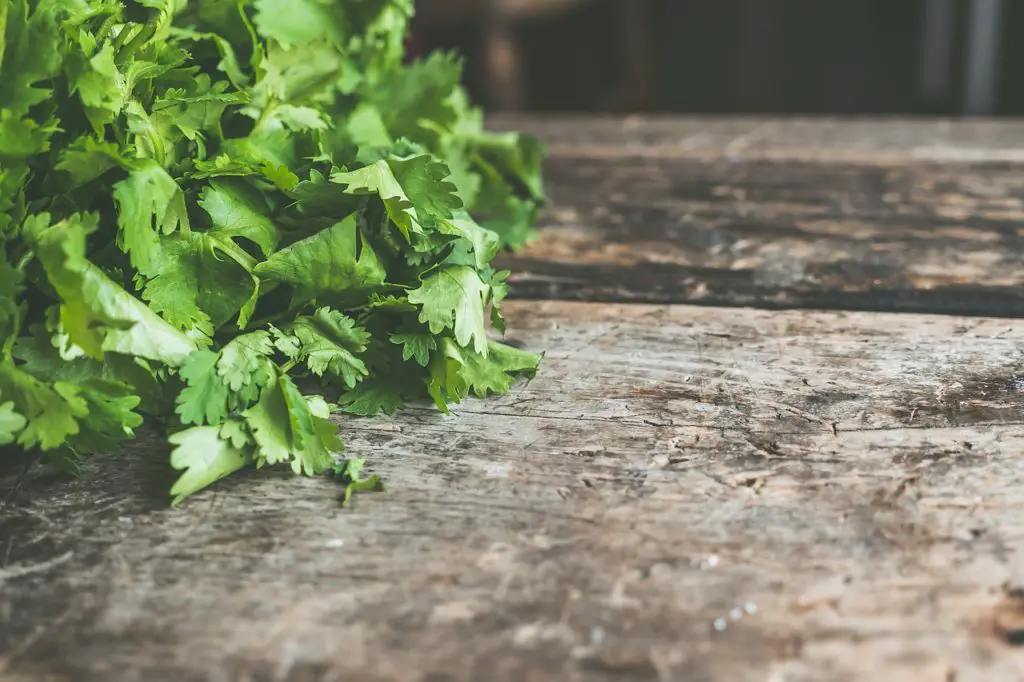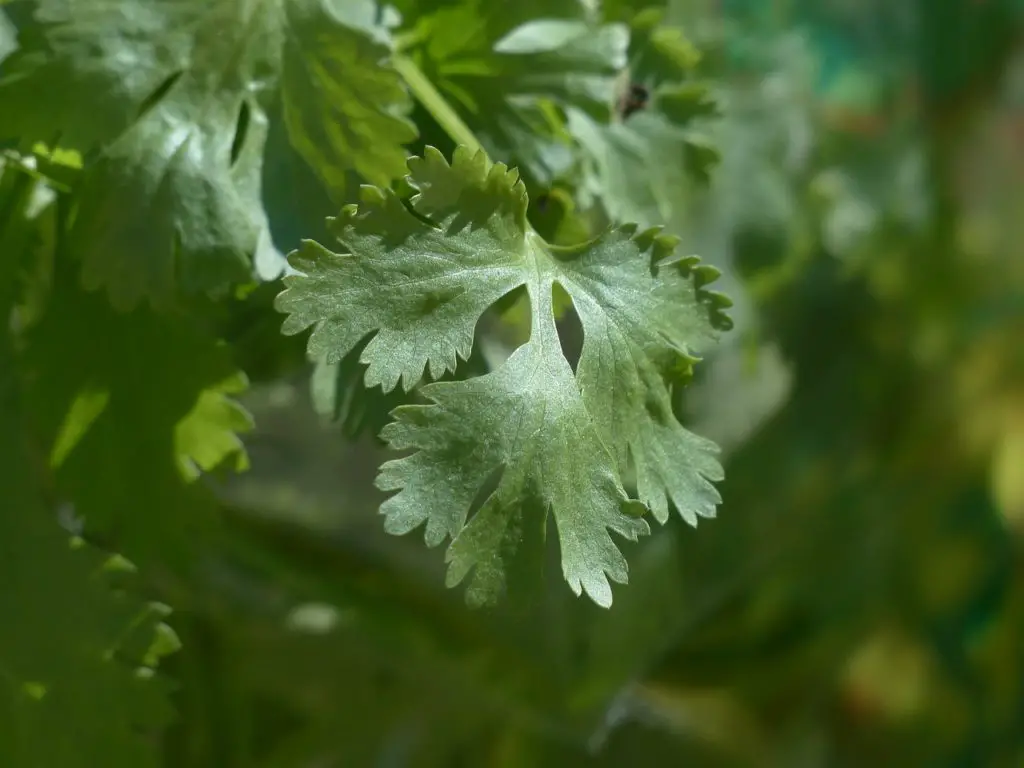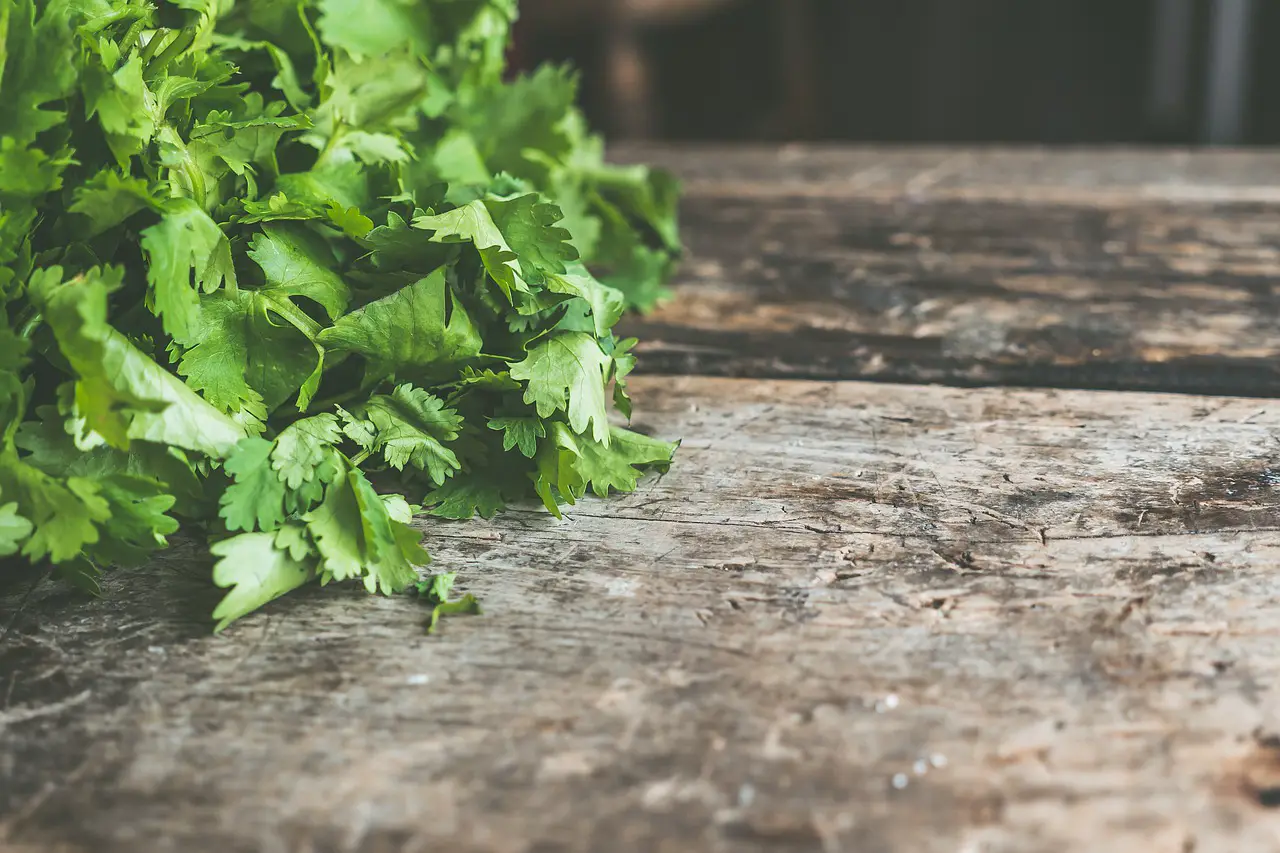Herbs are a wonderful addition to any dish, but can be difficult to keep up with in the garden. Cilantro is one of those herbs that can grow quickly and become unruly if not properly pruned. In this blog post, we will discuss the basics of pruning cilantro, the benefits of doing so, and some helpful tips to make the process easier. By taking the time to prune your cilantro plants, you can enjoy increased yields, improved flavor, and better airflow throughout your garden.

The basics of pruning cilantro.
The best time to prune cilantro is in the morning, after the dew has evaporated but before the heat of the day sets in. This will allow the plant to heal quickly and prevent any potential for disease.
How to prune cilantro.
Pruning cilantro is a simple process that only requires a sharp pair of shears. First, cut off any dead or yellowed leaves, as these can invite pests and diseases into the plant. Next, trim back any long or leggy stems, cutting them at an angle just above a set of leaves. Finally, thin out the plant so that there is good airflow between the stems. This will help prevent fungal diseases from taking hold.
The benefits of pruning cilantro.
Pruning cilantro can increase the overall yield of the plant. By removing dead or dying leaves and stems, you allow the plant to direct more of its energy towards new growth. This results in a larger, healthier plant that is better able to produce a bountiful harvest.
Improved flavor.
Cilantro that is allowed to grow unchecked can become bitter and strong-tasting. Pruning helps to keep the flavor of the herb more delicate and mild. This is especially important if you plan on using it in dishes where its taste would be overwhelming, such as salsa or guacamole.
Better airflow.
Pruning also improves airflow around the plant, which helps to prevent mold and mildew from developing. These fungi can cause serious damage to cilantro plants, so it’s important to take measures to prevent them from taking hold. In addition, good airflow helps the plant to dry out more quickly after watering, preventing root rot from setting in.
Tips for pruning cilantro.
Pruning cilantro is best done with sharp shears to avoid damaging the plant. dull blades can crush and tear the delicate stems of cilantro, leading to a reduced yield. It is important to prune cilantro regularly to encourage new growth and prevent the plant from going to seed. Cilantro can be pruned all the way back to the base, so don’t be afraid to cut off a lot of growth at once.
Cut at an angle.
When pruning cilantro, be sure to cut at an angle rather than straight across. This will help prevent the plant from becoming too leggy. Pruning cilantro regularly will also help to promote bushier growth. So be sure to snip away any stems that are longer than you’d like.
Avoid damaging the plant.
Be careful not to damage the plant when pruning by avoiding cuts that are too close to the main stem. Also, avoid removing more than one-third of the plant’s foliage at a time as this can shock the plant and reduce its ability to produce new growth. Pruning also gives you an opportunity to remove any dead, diseased, or damaged branches, as well as any that are crossing or rubbing against each other. This will help the plant to direct its energy to healthier growth.

Conclusion
Pruning cilantro is a great way to improve the yield, flavor, and airflow of your plants. By following these simple tips, you can keep your cilantro plants healthy and productive all season long. So get out there and start pruning! Pruning also helps to shape the plant, so that it grows the way you want it to. If you have a particularly bushy cilantro plant, you can use pruning to thin it out and make it more manageable. With a little bit of care and attention, pruning can help you get the most out of your cilantro plants.

